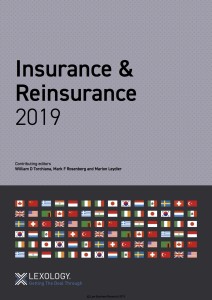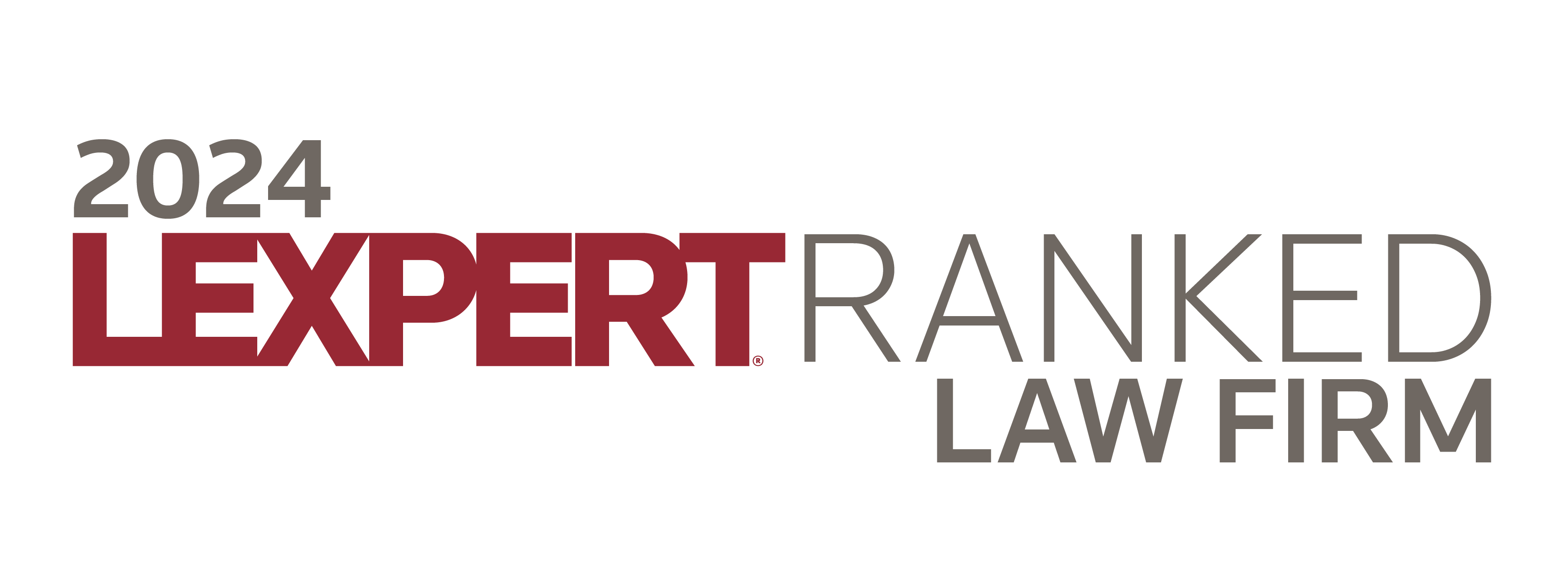On February 17, 2022, the Canadian Council of Insurance Regulators (“CCIR”) and the Canadian Insurance Services Regulatory Organizations (“CISRO”) released proposed guidance on incentive management related to the sale and servicing of insurance products (the “Proposed Guidance”).
The Proposed Guidance applies to insurers and intermediaries that pay compensation (monetary or non-monetary) and/or design incentive arrangements related to the sales and servicing of all insurance products, and provides CCIR’s and CISRO’s expectations with respect to the design and management of such arrangements.
The Proposed Guidance ensures that insurers and intermediaries develop incentive arrangements that achieve the fair treatments of customers and is intended to complement the joint guidance released by CCIR and CISRO in September 2018 (the “FCT Guidance”). The FCT Guidance sets out CCIR’s and CISRO’s expectations (to the extent of their respective authority) relating to the conduct of insurance business and fair treatment of actual and potential customers of insurance products.
The Proposed Guidance is described as being principles-based, providing insurers and intermediaries with the discretion to develop appropriate strategies, based on the nature, size and complexity of their business activities, that relate to governance, design and management of incentive arrangements, risks of unfair outcomes to customers and post-sale controls. Below is a summary of the objectives and principles set out in the Proposed Guidance.
- Governance
Objective – CCIR and CISRO expect insurers and intermediaries’ governance and business culture to place fair treatment of customers at the center of decisions concerning the way incentive arrangements are designed and managed.
Board and senior management have the ultimate responsibility to design, approve, implement, and monitor appropriate strategies, policies, procedures and controls that align with the overall risk appetite and culture of the organization, as it relates to incentive arrangements and fair treatment of customers.
Senior management should also consider working closely with risk management, compliance, legal and any other teams to determine any changes required to manage risks related to fair treatment of customers.
- Design and Management of Incentive Arrangements
Objective – CCIR and CISRO expect insurers and intermediaries to design and implement
incentive arrangements that include criteria ensuring fair treatment of customers.
Incentive arrangements should be designed in accordance with the following objectives:
- be consistent with the level of service expected and provided throughout a product’s life cycle;
- ensure that performance targets and criteria are clearly defined, measurable and are aligned to ensure fair treatment of customers; and
- the cost of the product to the customer does not vary based on the distribution method.
The method and manner of implementation of incentive arrangements and the role that management plays in the process are equally important. In addition to managing potential conflicts of interest, management is also advised to take steps to identify and correct what it views as inappropriate practices against customers as a result of incentive arrangements.
- Risk of Unfair Outcomes to Customers
Objective – CCIR and CISRO expect insurers and intermediaries to regularly identify and assess the risks of unfair outcomes to customers that may arise from incentive arrangements so that either appropriate controls can be introduced, or the incentive arrangements can be adjusted.
Insurers and intermediaries are expected to review their incentive arrangements regularly and, if appropriate, consider changes to such arrangements that may result in unfair outcomes to customers.
- Post-sale Controls
Objective – CCIR and CISRO expect insurers and intermediaries to establish effective post-sale controls to identify inappropriate sales resulting from incentive arrangements.
Effective post-sale controls should enable insurers and intermediaries to determine whether there are any unsuitable sales resulting from specific incentive arrangements, to identify any significant risks in connection with the unfair outcome to customers and mitigate such risks, as necessary.
Examples of Incentive Arrangements that May Undermine Fair Treatment of Customers
The Proposed Guidance also includes an appendix which provides examples of incentive arrangements components which, without proper design, management and post-sale controls, may increase the risk of unfair outcomes for customers. Among others, CCIR and CISRO, identify the following examples of incentive arrangements that may raise concerns:
- agreements between insurers and intermediaries incentivizing intermediaries’ conduct that could be inconsistent with fair treatment of customers;
- bonus rates that increase with predetermined sales volumes;
- excessive cross-selling incentives;
- lifetime vesting of renewal commissions to intermediaries which can result in eventual client orphaning;
- commissions linked to premium levels or investment amounts;
- arrangements that create exit fees or penalties for customers;
- performance criteria focused on meeting quantitative targets, which do not effectively align with interests of customers; and
- chargeback mechanisms that may influence an intermediary to advise a customer to retain a product that does not meet the customer’s needs.
Interested parties are invited to submit comments related to the Proposed Guidance until April 4, 2022.



